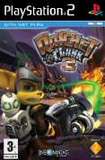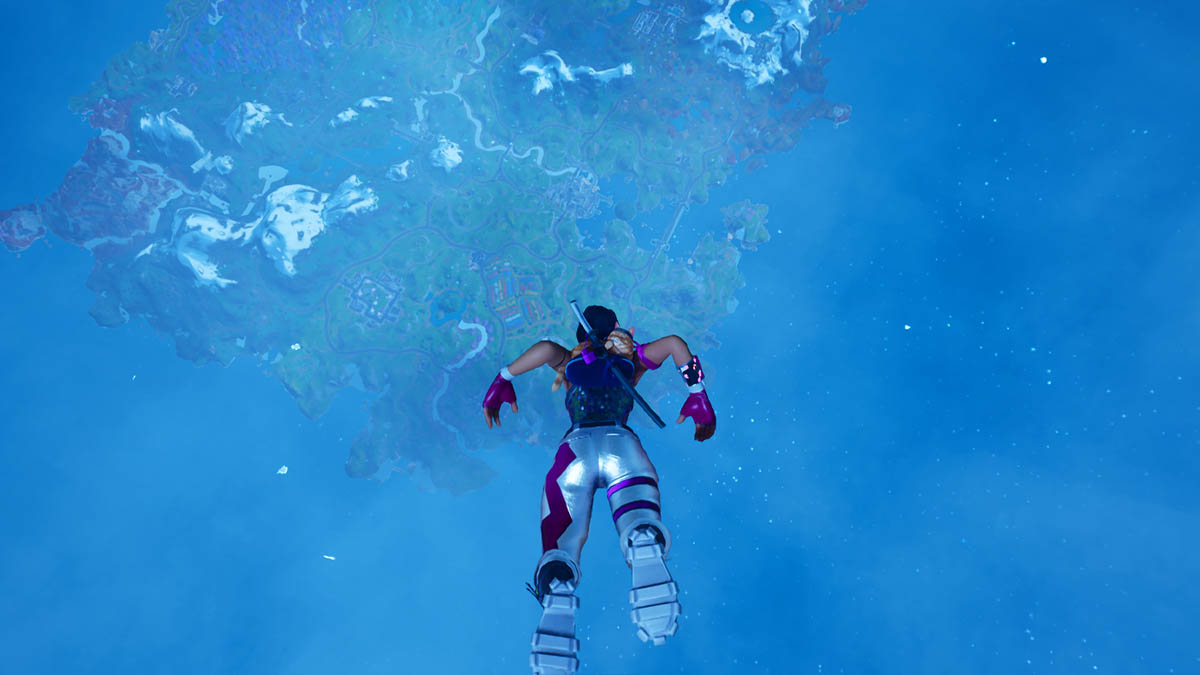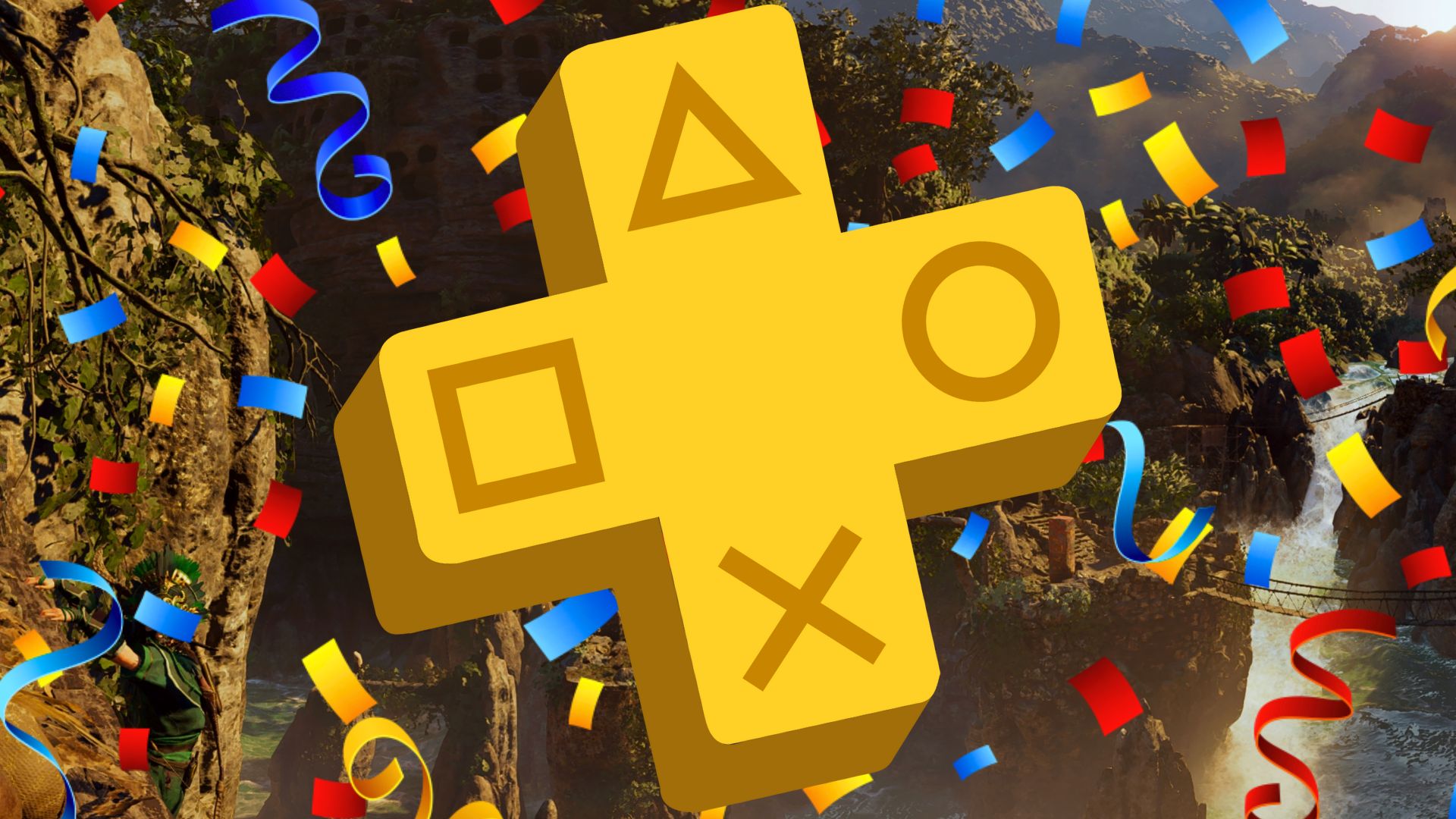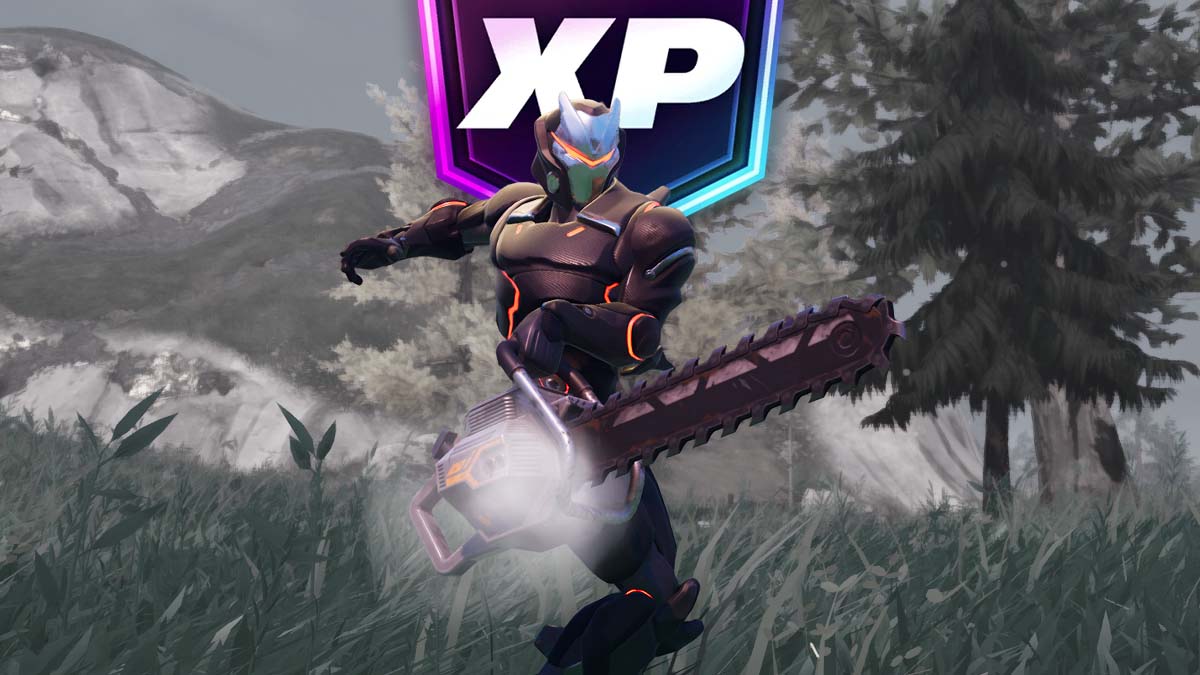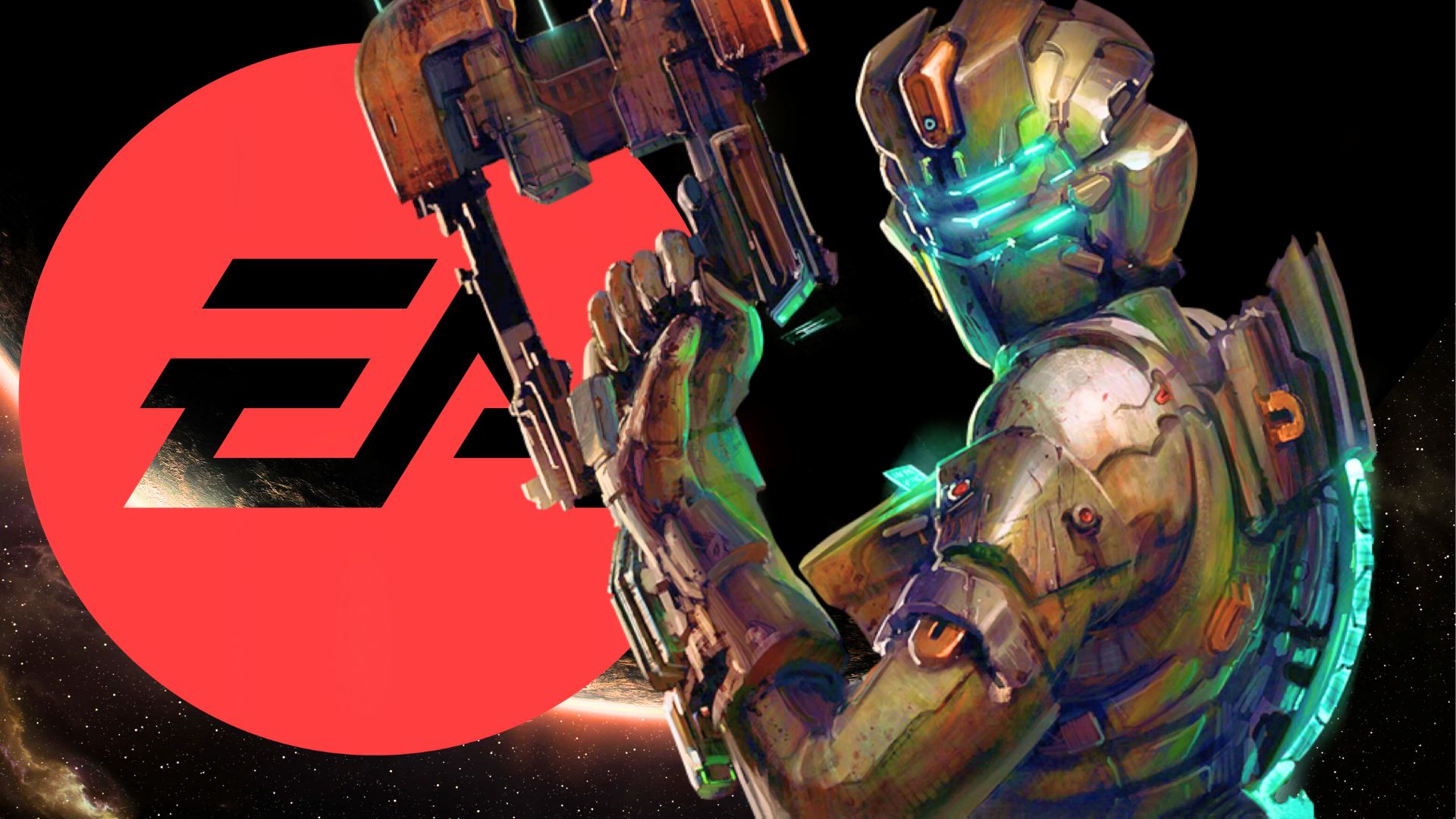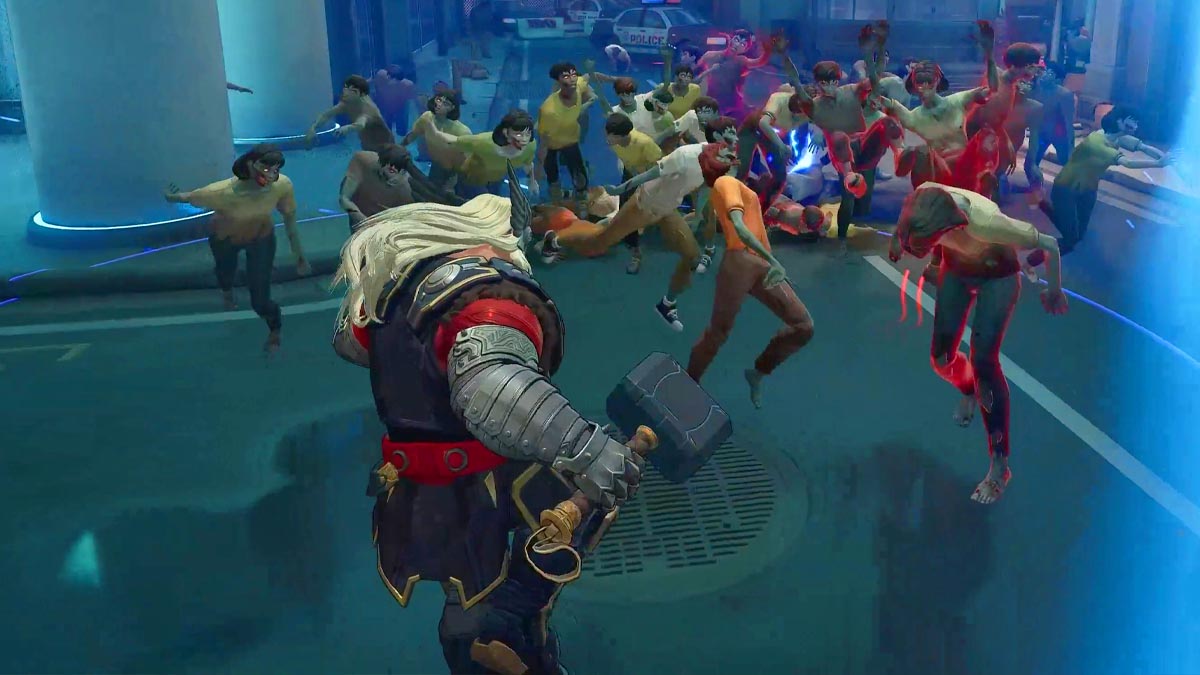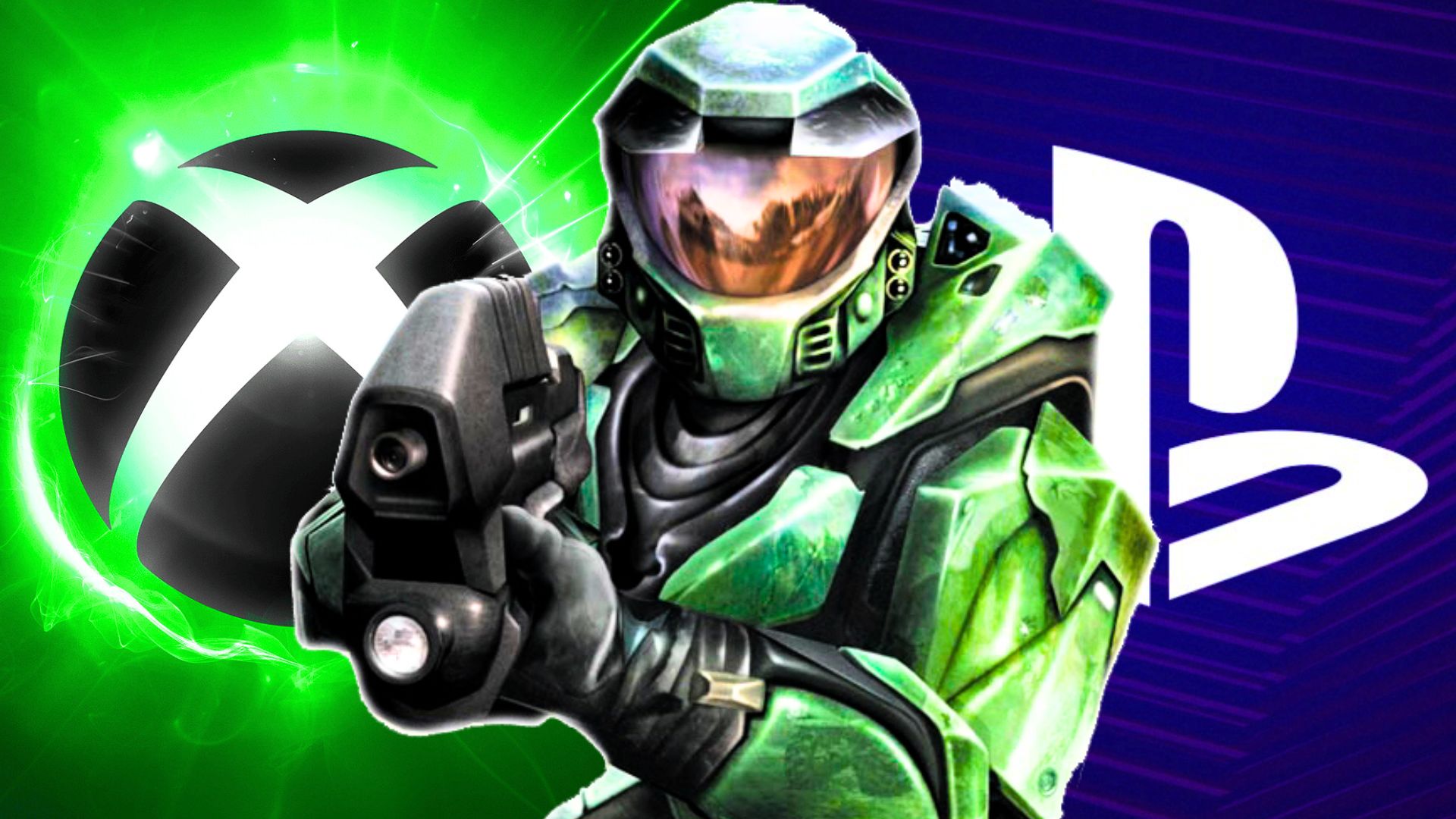You can trust VideoGamer. Our team of gaming experts spend hours testing and reviewing the latest games, to ensure you're reading the most comprehensive guide possible. Rest assured, all imagery and advice is unique and original. Check out how we test and review games here
It’s not often we get to sit down for a proper chat with game developers – and by proper, we mean for longer than 10 minutes. This time, however, things were different. Last week, to celebrate the upcoming launch of Ratchet & Clank: A Crack in Time on PS3, Sony UK was kind enough to grant us a whopping 45 minutes with US developer Insomniac Games, and we grabbed the opportunity like a fat man buying the last Big Mac on Earth. Read on for part one of Insomniac’s most revealing interview yet, where writer and editor TJ Fixman and senior community manager James Stevenson reveal the origins of Ratchet & Clank and describe what the team does to celebrate a game going gold (it involves burgers).
VideoGamer.com: Is development of Ratchet & Clank as big a job as Resistance? Is it as stressful?
TJ Fixman: James, remember Ted [Price, president and CEO, Insomniac Games] will be reading this!
James Stevenson: The scope is a bit different. At least when you look at Resistance 2 you start thinking about the co-op and the multiplayer and the additional production folks that are on that game because of those modes that the game takes up. There are more people working on a Resistance title probably mainly for that fact. Otherwise it’s pretty similar. I don’t know if it feels that much different, because you have roughly around the same amount of people, the same sort of things. We want to make a big epic game every single time. We always make big games. We always have a lot of pressure on ourselves. And then you have an extra group of people working on multiplayer too, and they’re in the same situation. They want to make a big multiplayer game, they want to outdo themselves. They feel similar in a lot of ways. We always end up putting a lot of pressure on ourselves. We always end up trying to get all the extra polish stuff in at the end, and we always live and die by our games. We put everything into them. When you get down to the end we just want people to love our games because we love our games so much. They feel similar in that regard even though the processes, the games and the universes probably couldn’t be any more different.
VideoGamer.com: What does Insomniac do to celebrate a game going gold?
TJF: There was paintball this time but we missed it.
VideoGamer.com: Shame!
TJF: Yeah, they did it while we were away. Usually we celebrate by having some kind of company event. When Quest for Booty shipped we all went to…
JS: Oh my god! What a good night that was!
TJF: It was kind of funny; there was this pirate dinner in Tampa…
JS: Do you know medieval times?
VideoGamer.com: I know what medieval times is but what are you referring to?
JS: It’s medieval pirates.
VideoGamer.com: Oh I see…
TJF: It’s a show where pirates act out what I guess what you would call theatre, while they serve pretty much an open bar to the company, so by the end of it everyone’s having a really good time. But there will always be something, be it that or paintball or some kind of an event. And then a lot of people end up taking their vacation just to decompress for a little while.
JS: We get extra vacation time at the end of projects as well so that helps. There are a lot of things that happen towards the end as well. One of the last Friday lunches of every project there’s always like… usually it’s the In and Out Truck, which is – In and Out’s a big burger chain in southern California…
VideoGamer.com: I know. The team’s been there once or twice.
JS: We have the truck come and serve everyone at the company and you get as many In and Out burgers as you want. We also did a Cash Machine this year, which is a phone booth…
TJF: Ooooh!
JS: You know those phone booths with the fan that blows the cash around and you grab the cash out of it? They did one of those this year.
TJF: I won 10 seconds in it and I got $411! spending money for the Euro trip!
JS: A bunch of people won time in the Cash Machine, so it was this big company event after lunch, I guess a couple of weeks ago now. So we’re always doing fun stuff leading up to the end. Especially during that last busy couple of months, we try and have a lot of decompress events and fun little things to try and keep everyone rolling. There are two parties every year. There’s the Rat party, which would be the paintball this year, and we also have a big holiday party in December, which also feels like an end of the year party.
VideoGamer.com: What are the plans for that this year?
JS: That is always top secret!
TJF: I was going to say! Don’t say! A lot of people in the company don’t even know. They do fun themed events, or at least they’re starting to now. I only know because I helped a bit.
JS: I know because I talk to Kerry, our HR director a lot.
TJF: We’re teasing them now!
JS: I can tell you what we did in the past. Once we did Battle of the Bands, where literally it was Insomniac bands. Ted Price was lead guitarist of a band and he had a wig and full costumes and everything. People practised for two or three months leading up for this one show. And then we had this huge battle, and people voted on their favourite band and stuff like that.
VideoGamer.com: Who won?
JS: Who did win?
TJF: I don’t remember. I think it was one of our artist’s bands but I’m not sure. By the end of the night… I don’t really remember.
JS: There’s always a big formal thing. We’re all in suits or tuxes. We’re all there like that. I guess that year was less formal since it was supposed to be a rock show. Last year was a casino night thing but it was at this great mansion in the Hollywood Hills, so we were overlooking Los Angeles in the back yard of this place.
VideoGamer.com: It sounds like you have a lot of fun.
TJF: Yeah. We work so hard that when there is downtime to be had they make sure we have fun events.
VideoGamer.com: Work hard, play hard?
TJF: Exactly. The same goes for the culture inside of Insomniac. Not just our company but all across the video game industry, if you work in the video game industry you put in nightmarish hours. At some point during a project you’re going to stay till eight, nine, 10pm and for some people longer than that. It’s a way for Ted, Al [Alex Hastings, chief technology officer] and Brian [Hastings, chief creative officer] to say, ‘we appreciate the time you’re taking away from your family and your life to come and help make the games’.
JS: I think that’s true of any industry with a deadline, right? We have our busy times, too. But I think the culture installed is a lot of the reason why we’ve won so many workplace awards – best place to work in Los Angeles, best place to work in the United States, top five generally, finishing in that. We do a lot to try and keep everyone happy. We want everyone to be there. We want everyone to have a good balanced life, and yes, that will mean busy times sometimes but it also means a lot of fun during slower times, too. We try and keep everyone in a good place.
VideoGamer.com: What are the core elements that remain true to all Ratchet & Clank games?
JS: A bunch. It’s a family friendly game. It’s a game we want everyone to be able to play – it’s one of the top ones, right off of the bat. Everything we do, from even jokes and lines of dialogue, we’re always thinking will this work for everyone? Is this funny for kids? Is it funny for adults? Is it appropriate for everyone? There is a lot of focus on making it a playable game, something anyone can pick up and play. We’re focused on weapons and action and giving players something they haven’t seen before. We’re always trying to refine that tight control and that character action platforming. Now it’s a shooter/platformer hybrid, really.
When we start these new games, the first thought is always what can we show people that’s new and how can we create something that is bigger and more memorable for fans? When we first starting thinking about this trilogy – Tools of Destruction, Quest for Booty and A Crack in Time – it was all about making that big Ratchet epic. We always had self-contained episodes on PS2. Taking that to the next level and giving folks the one story and, instead of it being you just go to this planet because you need this gadget, there are story reasons behind going everywhere. Feeling like you could remember the planets in the game and the gadgets because you had a greater emotional investment in it – that was the driving force. But there are so many different pieces: we always want to do story well, we always want to do gameplay well and we always want to drive our graphics forward and our engine and our technology forward. Our biggest goal is always just to make awesome games. We see what else is out there and it’s like, what is going to make this cool? Why would we want to play this? I don’t know if there are bullet point philosophies, because every game has its own focuses. We know how to make a Ratchet & Clank game now. It’s something we’ve done enough times that we have those base things down. I guess it’s like in football: We have the fundamentals down, and now we’re practising our set pieces and trying to figure out new ways to excite people.
VideoGamer.com: Tell me about Ratchet & Clank’s origin. Where did the idea come from? What inspired the characters?
JS: It’s sort of funny because – this is going to make them sound tiny, I guess. We were making a game called Girl with a Stick, which was a codename, it was after Spyro. It was the first game with Sony as a publisher because before it was with Universal, but there was some interesting crossover between Sony and Universal back then, like Sony distributed or whatever. So we were making Girl with a Stick. It wasn’t going too well. It was a Zelda-ish clone. No-one at Insomniac was super happy with it. We talked to Sony and they sort of agreed. They were like, ‘yeah, we’re not sure what this is going to be or why this is great’. Back then the whole company could fit into a conference room, which is not the case anymore. We can barely fit into a theatre now. So everyone went into the conference room and sat around throwing ideas out. What game could we make? What sounds good? Nothing was sticking. And then Brian Hastings, who is one of the founders of the company and our chief creative officer now, said, ‘what if we make a game about this little cute alien who goes around the galaxy with his robot pal to different planets picking up all these crazy weapons and gadgets?’. Everyone was like, ‘That’. Over the next day there was a bunch of sketches of Ratchet. He was a lizard, he was cat-like, he was dog-like. They had a bunch of different variations of Ratchet and Clank. But within 48 hours of that idea they had the initial sketch of Ratchet and Clank, which was pretty close to what they look like. It’s on the wall in the office. Then it took off from there. They’d already started prototyping what some of the crazy weapons could be.
VideoGamer.com: Has he ever revealed where the idea came from? Was it something that just occurred to him in that meeting?
JS: Yeah. It was something that just popped up into his head.
TJF: If you know Brian Hastings that’s how his brain works! He’s a mad scientist.
JS: It was just an idea. It was just a spitball – just throwing spitballs at the wall and that one stuck. Seven years later and nine games if you count the PSP games that were developed by High Impact, 17 million units of Ratchet & Clank worldwide, and probably we’ll up that number in a week or two.
VideoGamer.com: I’m sure you will.
JS: That’s where it all started. And then it was rapid. When you have an idea like that things come together quickly. I do know the original inspiration for the level design was Super Metroid. The first couple of games were focused on gadgets as much as they were about weapons. You would constantly back track with the gadgets you got from later planets to go back and access areas on the previous planets. Those were the main design philosophies they were looking at for that first game. As the series evolved it became more of an action/shooter hybrid. The first game especially did not have the shooter philosophies that Going Commando started to refine and then Up Your Arsenal perfected – sorry Locked and Loaded and Ratchet & Clank 3. You’d think after two weeks here I’d have switched those in my head!
Ratchet & Clank: A Crack in Time is due out exclusively for the PS3 on November 6. Check back soon for part two of our interview with Insomniac, where James and TJ talk review scores, forums and Resistance 2!
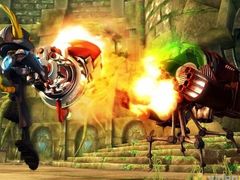
/https://oimg.videogamer.com/images/8232/ratchet_and_clank_a_crack_in_time_47.jpg)
/https://oimg.videogamer.com/images/7468/ratchet_and_clank_a_crack_in_time_46.jpg)
/https://oimg.videogamer.com/images/509d/ratchet_and_clank_a_crack_in_time_45.jpg)
/https://oimg.videogamer.com/images/7d4f/ratchet_and_clank_a_crack_in_time_44.jpg)
